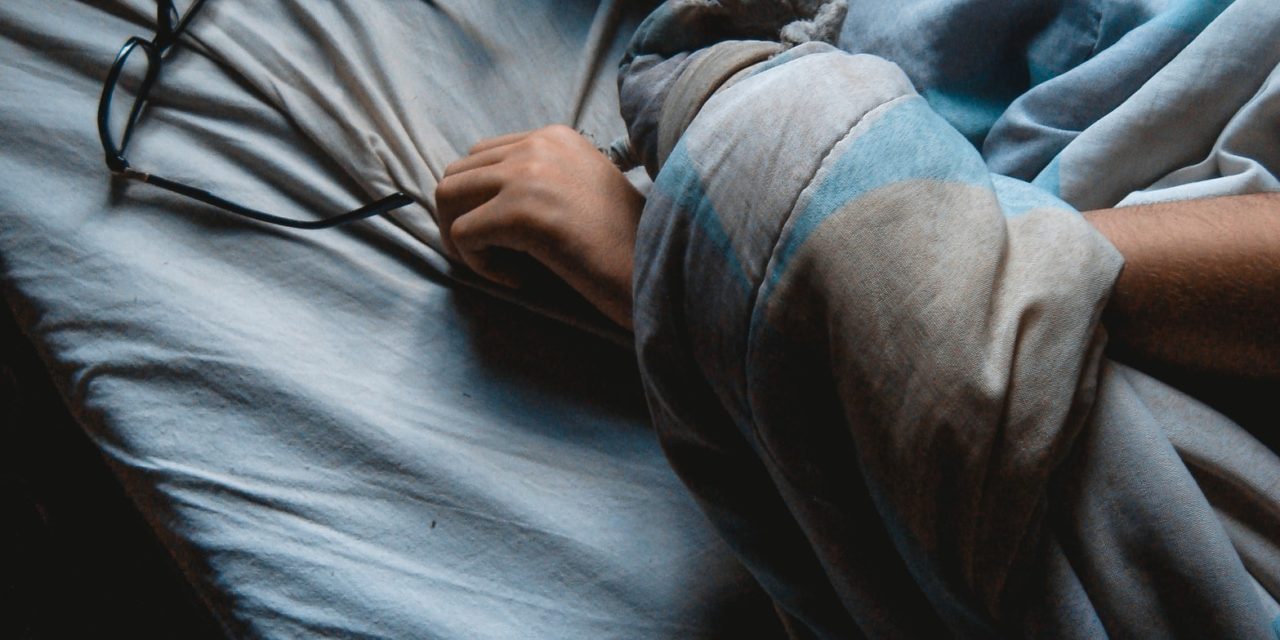[ad_1]
Are you looking for new bedding but prefer to choose something that is both comfortable and environmentally friendly? If that is the case, you are probably familiar with the three most common eco textiles namely bamboo, Tencel and modal. Through this article, we'll discuss each of these textiles in an effort to help you choose the right green bedding option for you.
Bedding made from bamboo is becoming increasingly popular, but how does it compare with eco-fibers like Lyocell or Modal? Let's compare the three to consider all the pros and cons of each.
Lyocell is a fiber that often goes under the trade name of Tencel. Similar in many ways to rayon, it is very soft and can be finished to look like and feel like suede or silk. To its credit, it is also very moisture absorbant, making it ideal for humid conditions since it will minimize the build up of odor and perspiration. Additionally, Lyocell is hypoallergenic (if OKEO-TEX 100 certified) and is anti-static. It is created by processing waste wood pulp into a cellulose based fiber. It has many eco benefits such as:
– It's made from a waste product, which helps to reduce landfill waste and reuse an otherwise unusable material.
– It is made from wood, so it's biodegradable (unlike synthetics such as polyester and acrylics).
– The process used to create Loycell is generally much less toxic than that used to make rayon.
Modal is similar in many ways to Lyocell in that it is made from wood, but instead of being created from waste wood, it is generally made from harvested beech wood trees. It also has a soft finish although it is prone to pilling which will shorten its useful life. Nonetheless, it is very suitable for clothing items such as underwear and lingerie given its resistance to shrinking and its high wet strength which is higher then that of rayon and cotton. It is also holds color extremely well. Like Lyocell, Modal is biodegradable since it made from wood materials.
However, though Modal is made from a renewable material (beech wood trees), it does involve the cutting down of trees, which is less sustainable than processing a waste material like that used in the making of Lyocell. The processing of Modal is also somewhat more toxic than that used to make Lyocell, meaning Lyocell is the clear winner between the two fibers.
So how does bamboo compare to these two textiles? We know that there are many, many environmental advantages to cultivating bamboo:
– Roots of the bamboo plant help protect topsoil from erosion.
– Organic bamboo is produced without synthetic pesticide or synthetic fertilizer inputs.
– Due to its rapid growth, bamboo sequesters carbon much faster than trees, and even though making bamboo textiles involves cutting down bamboo stalks, the net carbon impact is positive.
The real test of bamboo is how it is processed to create textiles. Although corrosive chemicals such as sodium hydroxide are used in the production of rayon bamboo, many companies such as Hebei Jigao Chemical Fiber Company are working hard to recapture and reuse these chemicals, hence vastly reducing energy consumption and environmental impact.
When cultivated organically and processed using eco-friendly methods, bamboo is definitely one of the greenest fibers around. Choosing bamboo bedding is therefore a very green way of creating an eco-friendly bedroom.
[ad_2]
Source by Adrian Desbarats


